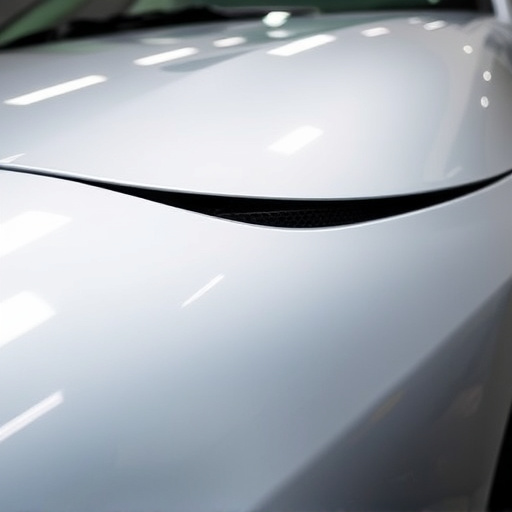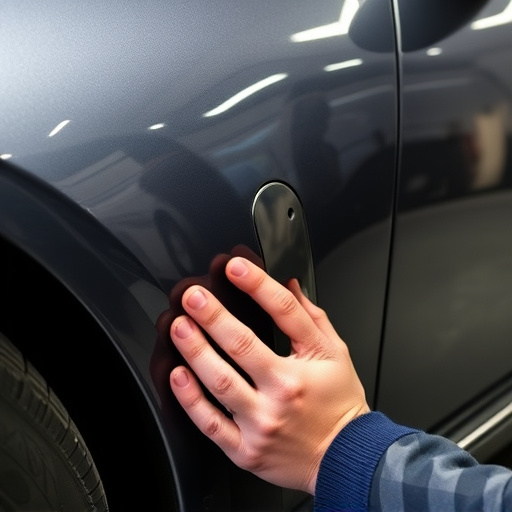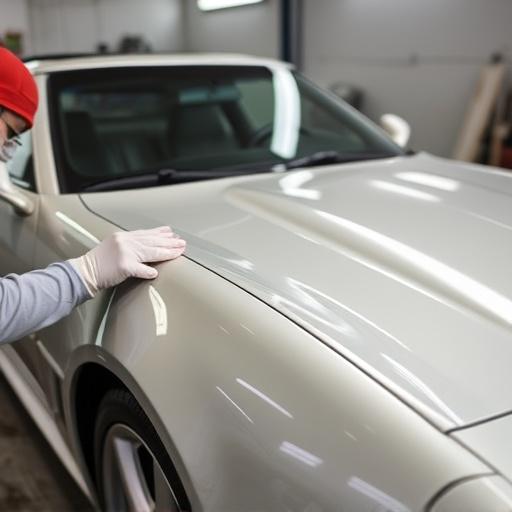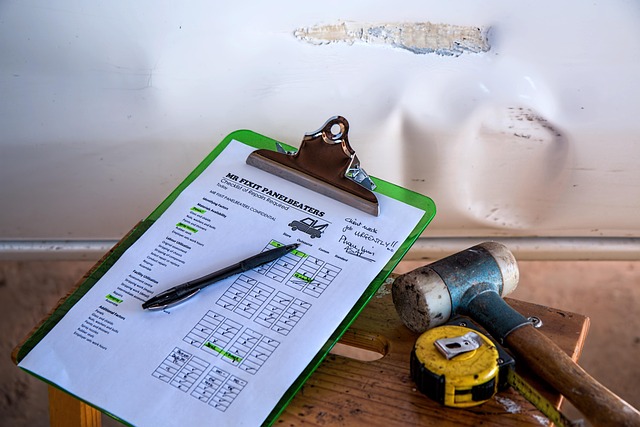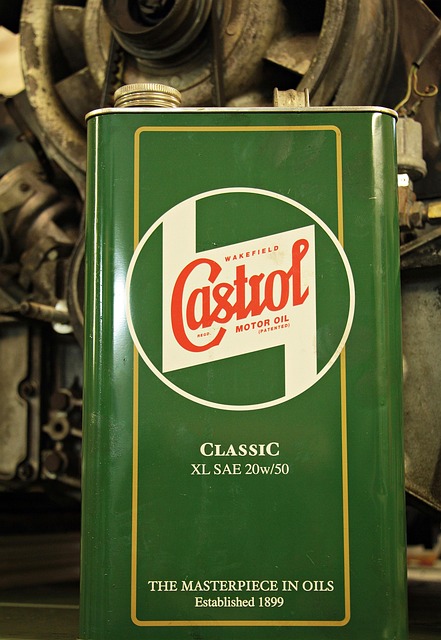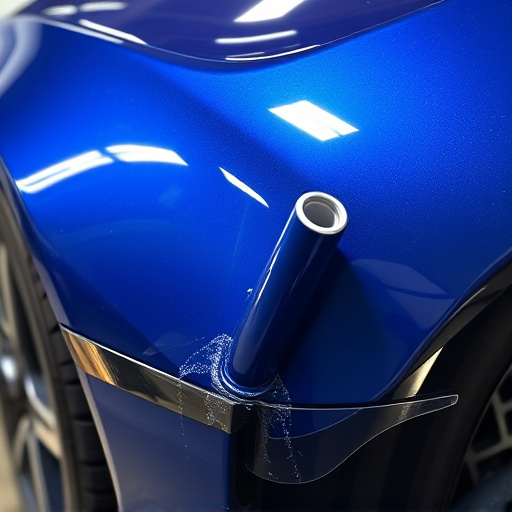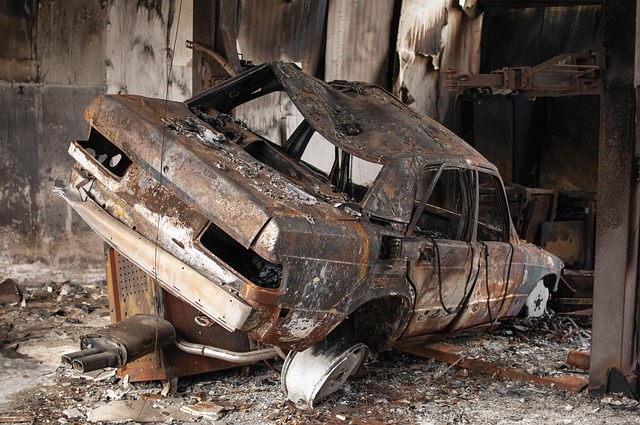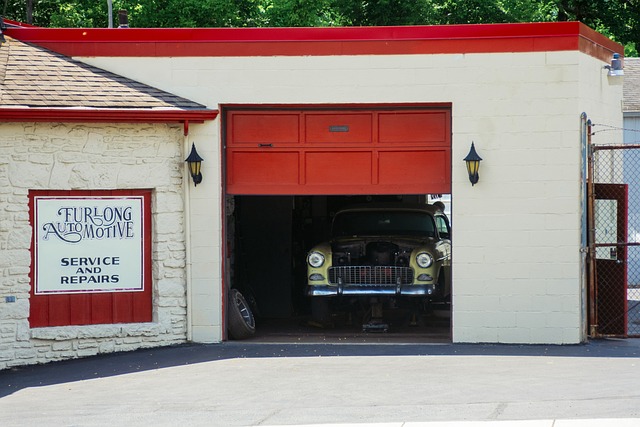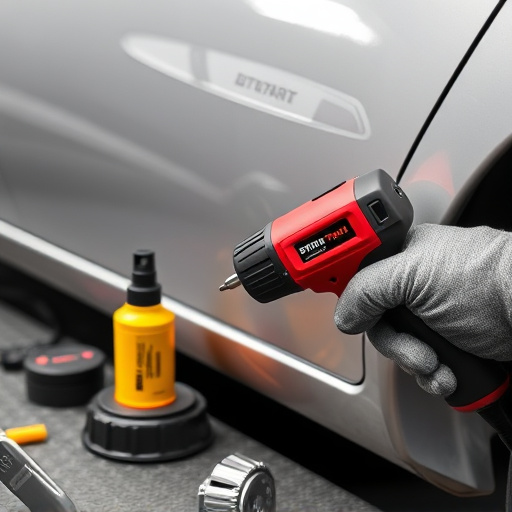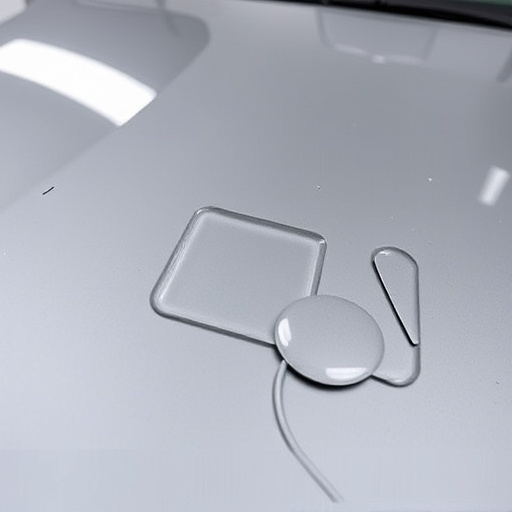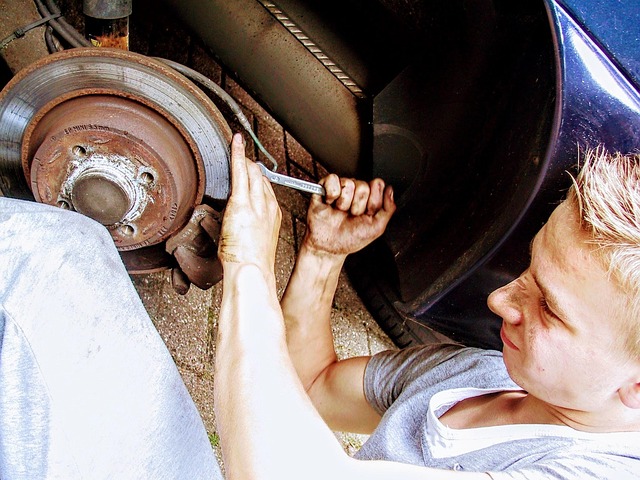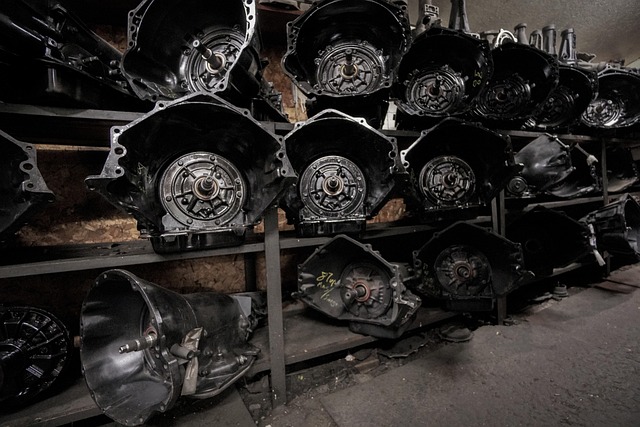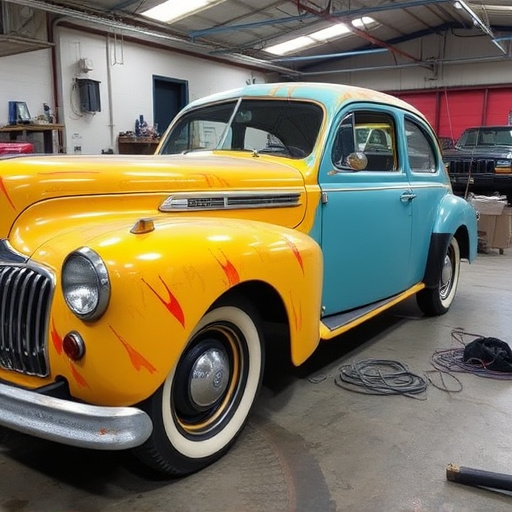Advanced technologies like CAD software, 3D imaging, and laser scanning have revolutionized modern accident repair, significantly improving precision and efficiency. These tools empower auto body repair specialists to meticulously assess and fix vehicle damage, especially complex shapes found in luxury cars, without compromising structural integrity or aesthetics. As a result, it's now challenging to distinguish pre- and post-accident vehicles, while customer satisfaction soars due to accurate, swift, and high-quality repairs.
In the realm of modern automotive maintenance, accident repair specialists are transforming the way they approach vehicle restoration. With advanced tools and innovative techniques, these professionals are redefining precision and efficiency. From state-of-the-art laser measurement systems and 3D scanning technology to digital platforms streamlining workshop management, the industry is experiencing a revolution. This article explores these cutting-edge solutions, highlighting how accident repair specialists leverage fiberglass composites and paintless dent removal technology to deliver superior repairs.
- State-of-the-Art Technology Enhancing Repair Precision
- – Overview of modern tools' impact on accuracy and efficiency
- – Examples: Laser measurement systems, 3D scanning technology
State-of-the-Art Technology Enhancing Repair Precision
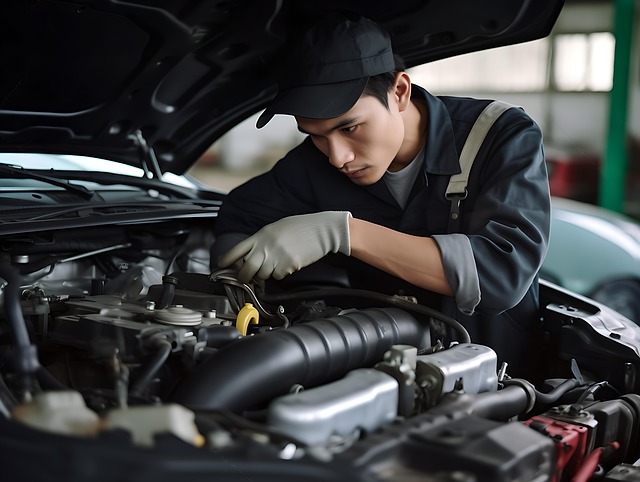
In the realm of modern accident repair, state-of-the-art technology is revolutionizing precision and efficiency. Advanced tools like computer-aided design (CAD) software allow specialists to map and analyze vehicle damage with unprecedented accuracy, ensuring every part of the car body restoration process is executed flawlessly. This level of detail enhances the overall quality of repairs, especially in intricate cases involving complex shapes and curves, such as those found in luxury cars like Mercedes Benz repair.
Through 3D imaging and laser scanning technologies, auto body repair specialists can capture precise measurements and digital twins of damaged vehicles. This data-driven approach enables them to make informed decisions during the repair process, leveraging specialized machinery and robotic systems for seamless welding, painting, and assembly. As a result, repairs are not just structurally sound but also match the original vehicle’s aesthetic appeal, making it hard to distinguish between pre-and post-accident cars in many cases.
– Overview of modern tools' impact on accuracy and efficiency

Modern tools have significantly revolutionized the way accident repair specialists approach their craft. Advanced technologies such as computer-aided design (CAD) software and laser measuring devices offer an unprecedented level of precision in vehicle body shop operations. These tools enable specialists to precisely assess damage, plan repairs, and execute them with greater efficiency and accuracy compared to traditional methods.
With the aid of these modern solutions, collision repair services can be streamlined, reducing the time required for tasks like panel replacement and painting. Moreover, improved measurement techniques ensure that every component is replaced accurately, matching the vehicle’s original specifications. This attention to detail not only enhances the overall quality of repairs but also contributes to customer satisfaction in vehicle restoration processes.
– Examples: Laser measurement systems, 3D scanning technology
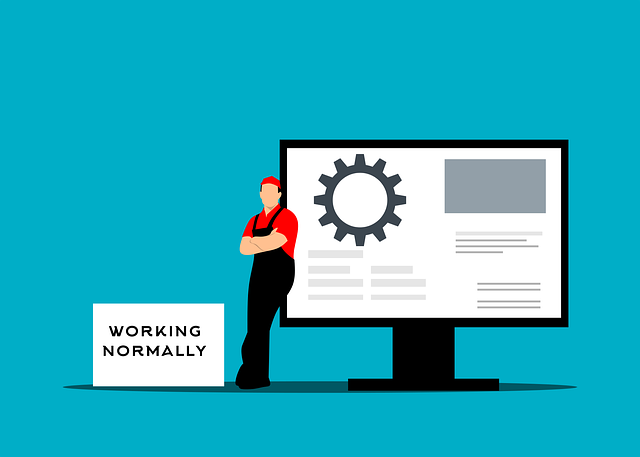
Modern accident repair specialists leverage advanced tools to enhance their expertise and deliver top-notch services in both auto body shops and vehicle repair centers. One such innovation is laser measurement systems, which offer unparalleled precision when assessing and correcting vehicle damage. These systems utilize laser technology to capture precise dimensions and data points, enabling repairs that match the original specifications of the car almost perfectly.
Another game-changer is 3D scanning technology, which provides a detailed digital blueprint of a damaged auto dent repair. This allows specialists to analyze complex shapes and contours more effectively, ensuring every nook and cranny is addressed during the repair process. By combining these advanced tools with their skilled expertise, modern accident repair specialists are revolutionizing the industry, making vehicle repair safer, faster, and more accurate than ever before.
The advanced tools and technologies employed by contemporary accident repair specialists have fundamentally transformed the landscape of automotive restoration. Through the integration of laser measurement systems and 3D scanning technology, these professionals now enjoy unprecedented levels of precision and efficiency in their work. As a result, not only are vehicles restored to like-new conditions more rapidly, but the overall quality of repairs has also been significantly enhanced, ensuring that accident repair specialists continue to set higher standards across the industry.

